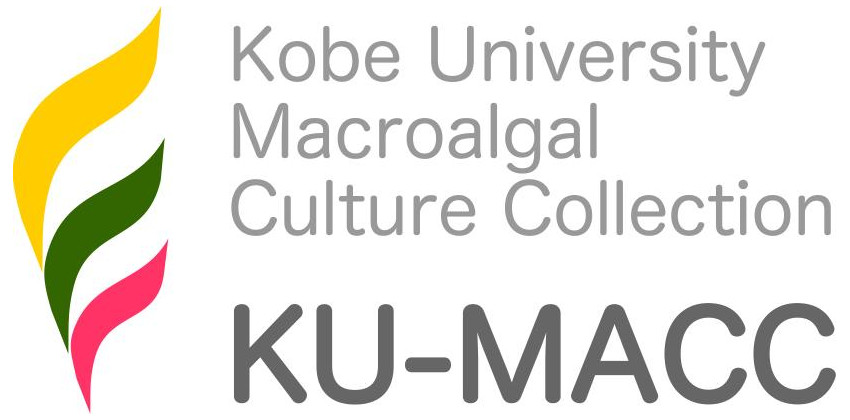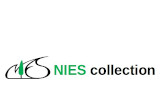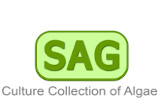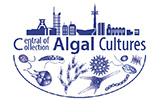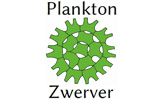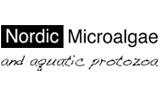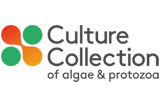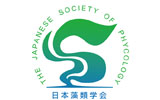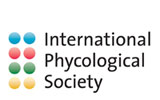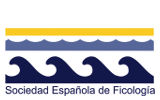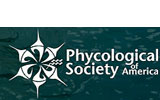Asparagopsis armata Harvey 1855
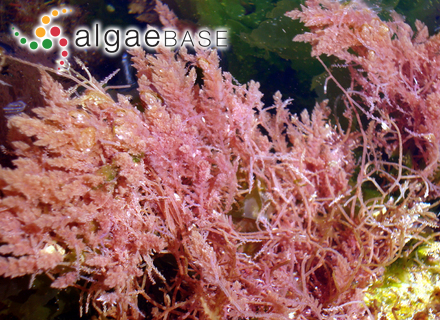
Current name:
Asparagopsis armata Harvey
Spain, Galicia, Ría de A Coruña, 2010 - 24 October 2011. Ignacio Bárbara (barbara@udc.es)
Publication Details
Asparagopsis armata Harvey 1855: 544
Published in: Harvey, W.H. (1855). Some account of the marine botany of the colony of western Australia. Transactions of the Royal Irish Academy 22: 525-566.
Type Species
The type species (holotype) of the genus Asparagopsis is Asparagopsis delilei Montagne.
Status of Name
This name is of an entity that is currently accepted taxonomically.
Type Information
Syntype localities: "Garden Island and King George's Sound (193). Also from Tasmania R. Gunn Esq."; (Harvey 1855: 544) Lectotype (Garden Island, Western Australia; designated by Womersley 1996: 329): W.H. Harvey; TCD; Herb. Harvey, Travelling Set 193 (Womersley 1996: 329) Notes: The number "193" refers to a "running Catalogue" kept by Harvey (and subsequently known as the "Travelling Set".
Origin of Species Name
Adjective (Latin), equipped, armed (Stearn 1983).
General Environment
This is a marine species.
Description
In north-eastern Europe, gametophyte plants occurring from June or July - August or September (sometimes overwintering), pale purplish-red, quickly degenerating when removed from the water and becoming distinctly orange; fronds bushy, with a cylindrical axis to1 mm wide and 200 mm long, arising from bare, creeping stolons; irregularly branched, with 4 rows of branchlets, simple, short, branchlets alternating with longer ones with 4 rows of simple filamentous ramuli. Lower branchlets unbranched, long, tapered, with harpoon-like barbs. Tetrapsorophyte (“Falkenbergia-phase”) occurring all year round, but most obvious in October-March, brownish-red, much branched, filamentous, in dense cotton-wool-like tufts to 15 mm in diameter.
Habitat
Both phases readily reproduce vegetatively. Drift specimens of gametophyte readily attach to other algae by barbed branchlets, and produce new shoots. Introduced from Southern Hemisphere, the gametophyte was first recorded in Europe in 1925 (Cherbourg and Biarritz), arriving in the Ireland and Britain at Galway in 1941, and is now well established in open sandy pools of lower intertidal and subtidal, on rock or epiphytic (mainly on Ulva spp.)in the Channel Is, S England (Swanage to Scilly Is.) and S and W Ireland (Carnsore Pt, Co. Wexford; Magharees Lagoon, Co. Kerry; and from Finavarra, Co. Clare north to Clare I., Co. Mayo). Tetrasporophyte epiphytic, especially on Corallina, in similar habitats to gametophyte, but more widely distributed on western and southern coast N to Shetland Is.
Key Characteristics
The harpoon-like hooks and bushy habit are unmistakable; association with Ulva.
Similar Species
Bonnemaisonia hamifera occurs in similar habitats but has crozier-shaped attachment branchlets rather than recurved barbs.
Created: 30 March 1996 by M.D. Guiry.
Last updated: 20 March 2025
Verification of Data
Users are responsible for verifying the accuracy of information before use, as noted on the website Content page.
Taxonomic note
Treated as a species "complex" by Cormaci, Furnari & alongi (2020: 46). - (09 March 2020) - M.D. Guiry
Distributional note
This species has been introduced into the Mediterranean (Verlaque et al. 2015: 109) being first found at Elba, Italy in 1880 and subsequently in Algeria in 1923. It is now frequent and widespread in the western Mediterranean. - (17 August 2009) - Pier Kuipers
Usage note
Strong cytotoxicity against human cancer cell lines (Zubia et al. 2009). - (24 March 2010) - G.M. Guiry
Linking to this page: https://www.algaebase.org/search/species/detail/?species_id=6
Citing AlgaeBase
Cite this record as:
M.D. Guiry in Guiry, M.D. & Guiry, G.M. 20 March 2025. AlgaeBase. World-wide electronic publication, National University of Ireland, Galway. https://www.algaebase.org; searched on 28 March 2025
 Request PDF
Request PDF